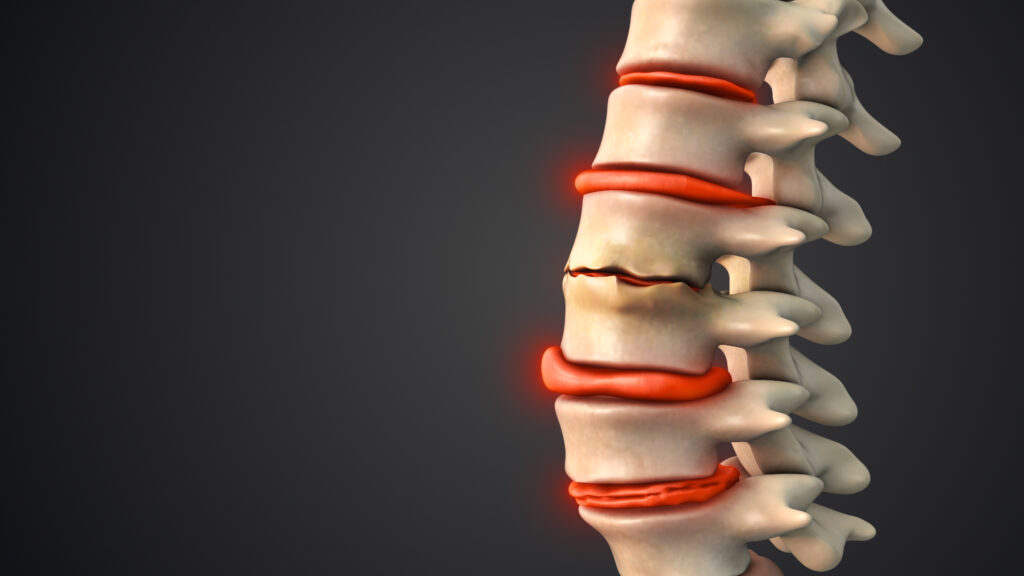In recent years, the realm of chronic intractable discogenic low back pain has witnessed significant advancements, particularly in the area of intradiscal biologics. A compelling narrative review conducted by Wisdom Ufondu, Christopher L Robinson, Nasir Hussain, Ryan S D’Souza, Jay Karri, Trent Emerick, and Vwaire J Orhurhu delves into the efficacy of these innovative therapies. The review aims not only to assess the effectiveness of the most commonly studied intradiscal biologics but also to explore their therapeutic potential and durability in addressing the debilitating pain associated with disc degeneration.
Chronic low back pain, particularly that stemming from discogenic origins, can severely impact an individual’s quality of life. Traditional treatment modalities often provide limited relief, leading to a search for novel approaches. The review highlights several intradiscal biologics, including mesenchymal stem cells, platelet-rich plasma, and alpha-2-macroglobulin, which have garnered attention for their potential to promote chondrogenesis within the lumbar intervertebral discs. These therapies aim to rejuvenate damaged disc tissues, potentially offering a more effective solution for pain relief and improved function.
Recent findings discussed in the review indicate that patients receiving intradiscal biologics report significant improvements in pain relief, physical function, and overall quality of life following treatment. This positive response underscores the potential of biologics as a promising avenue for managing discogenic low back pain. However, the authors emphasize that while there is some evidence supporting the efficacy of these treatments, the need for more rigorous studies cannot be overstated.
The review calls for a deeper exploration of the mechanistic modulation involved in intradiscal biologics. Understanding how these therapies work at a cellular level will enhance the development of treatment protocols and improve patient outcomes. Furthermore, the authors advocate for large-scale randomized trials to validate the findings and further establish the role of these biologics in clinical practice.
An essential aspect of advancing these therapies is a thorough understanding of potential adverse events. The review stresses that as the medical community considers incorporating intradiscal biologics into standard treatment paradigms, it is crucial to evaluate both their benefits and risks comprehensively.
In conclusion, the narrative review by Ufondu et al. provides a thought-provoking examination of the therapeutic potential of intradiscal biologics for chronic discogenic low back pain. While promising results have emerged, the journey toward widespread clinical application will require ongoing research, a focus on mechanistic understanding, and careful consideration of patient safety. As the field progresses, these innovative treatments may very well transform the landscape of pain management for those suffering from disc-related ailments.


